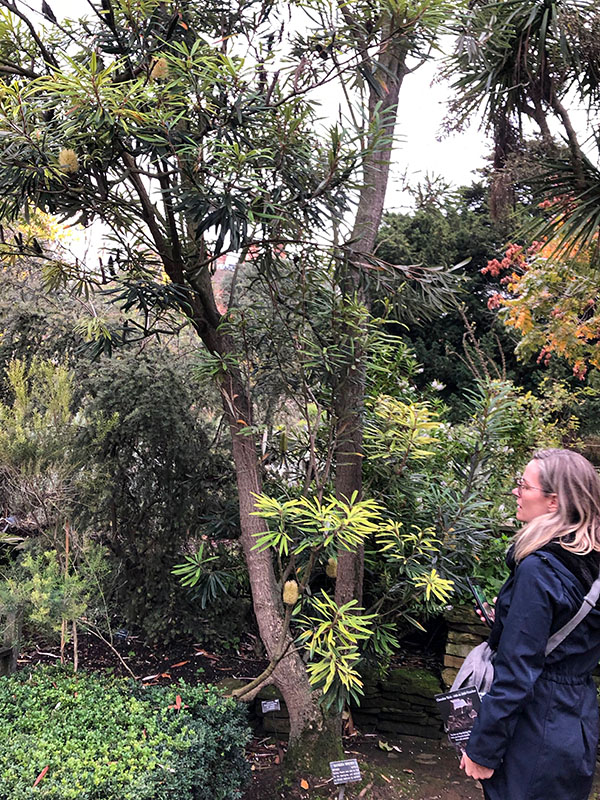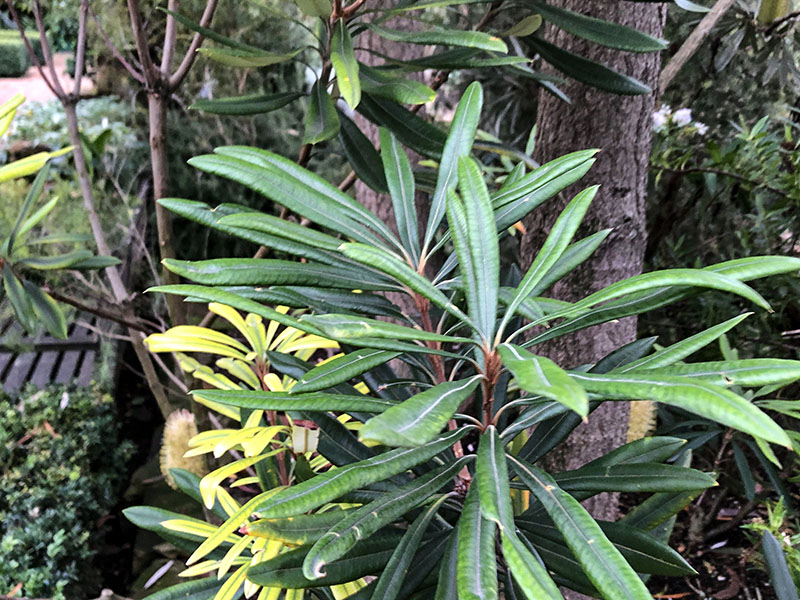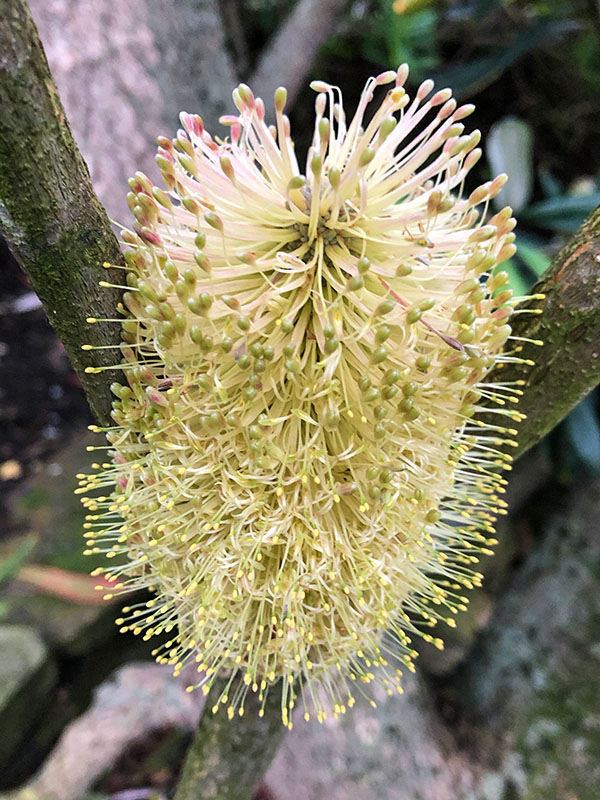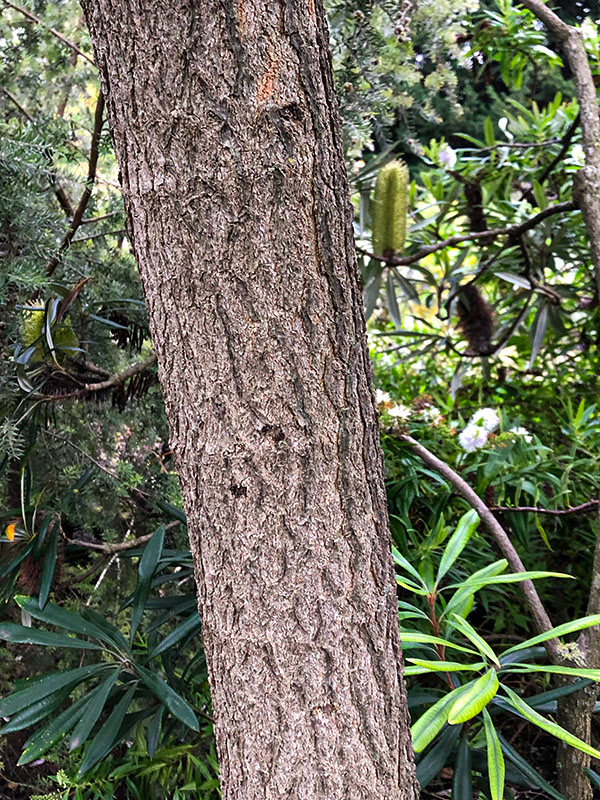| General Description | This evergreen tree can grow up to 9 m, and is notable for attracting wildlife. It has sharp and blade-like leaves with a dark green colouring. The flowers develop in spikes, each stem clustering together and bloom a pale yellow. |
| Shape | Upright. |
| Landscape | Parks, Windbreaks, shelterbelts; deer resistant and salt tolerant. |
| Propagation | Seed should be sown superficially into the dirt with appropriate fertilizer. Allow 1- 3 months for germination, transfer to pot when seedlings begin. Should be planted from seedling after first winter. |
| Cultivation | Requires soil that is light in nutrients. It is quite successful in most soil but prefers slightly acidic soil. Requires full sun, it cannot grow in shade. |
| Pests | Root borers, root feeders, shoot and stem borers, leaf feeders, needle miners, and sucking insects affect the survival of seedlings. Many other insects feed on the cones. Susceptible to many diseases including rust fungi. |
| Notable Specimens | Chelsea Physic Garden, London, United Kingdom. |
| Habitat | Basalt and red sand areas, Coasts. |
| Bark/Stem Description | Stout, gnarled, trunk with a grey colouring. |
| Leaf Description | long, flat, green leaves growing between 4 - 20 cm long and ~0.3 cm wide. |
| Flower Description | the flowers develop in dense spikes in a spiral pattern close to the trunk. The flowers can grow to be 12 cm long and 5 cm wide. Pale yellow flowers bloom from August to December. |



